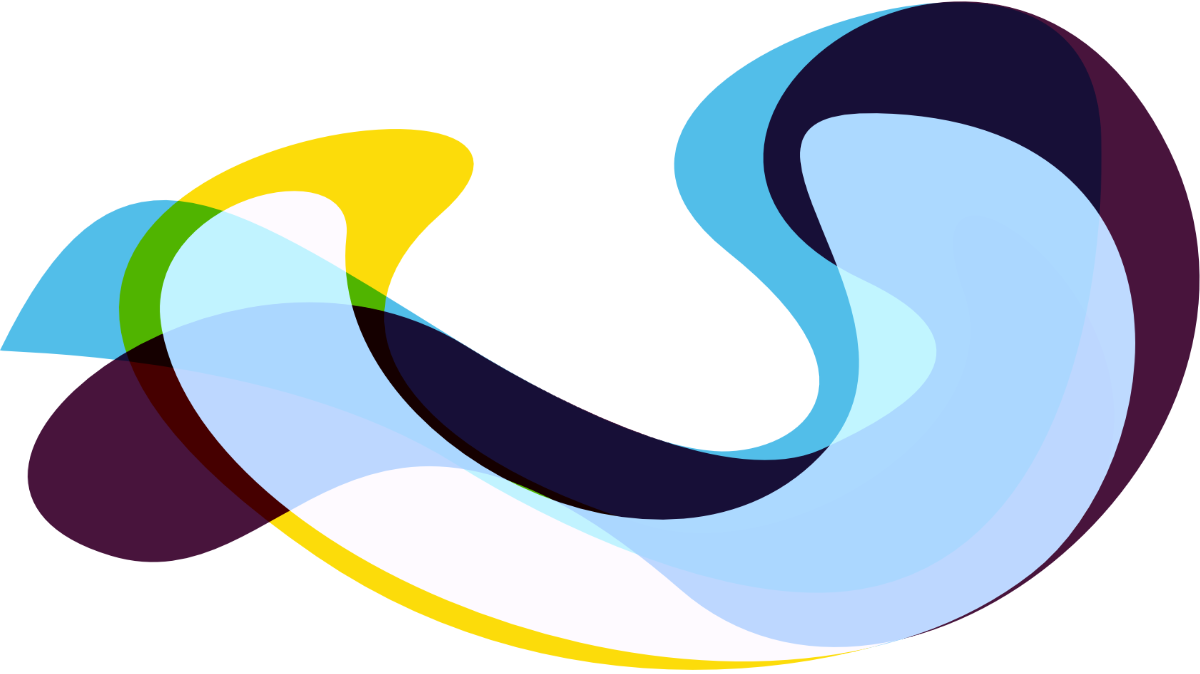Please describe your proposed solution.
DEV$ is the new interactive loyalty program that offers exciting benefits for Cardano developers and is based on giving rewards for the different valuable actions developers perform.
The more a developer gets involved and produces value, the faster he earns DEV$ tokens like providing open source development, using new tools, Haskell, Plutus, and other actions that will increase Cardano technology exposure.
DEV$ tokens can be exchanged for ADA (Cardano) which will increase the value of ADA since demand will increase as long as developers Earn tokens and Redeem them for ADA.
DEV$ can also be redeemed for prizes, NFTS, and gift cards depending on how we set up the redemption channels by measuring the preferences on an ongoing base.
The Loyalty Program budgets and earning scenarios are directly related to the revenue and value produced by developers.
Projects can offer DEV$ to attract developers and will have a tool to reward them based on parameters they define (hours, goals, milestones, etc)
The principle structuring the program is that Developers earn DEV$ Tokens at an increasing rate according to their status level and revenue amount generated to the community.
The program will have sections where to Earn and Redeem DEV$ with an account balance and transaction history that will be tracked in a Cardano wallet maybe as a native Token.
How does your proposed solution address the challenge and what benefits will this bring to the Cardano ecosystem?
Our direction based on the brief is focused on building an Incentivization structure
Creating an exclusive reward program to incentivize developers for sure will lead to increased developer adoption, higher productivity, and open creativity.
Cardano needs to attract developers with some tangible rewards that can increase over time based on the progress and work of the developer.
The status Tiers are a great tool to segment them based on performance, work, and future accomplishments.
A program like this will also generate loyalty since there is an opportunity cost of leaving the ecosystem.
The reward program will have specific triggers to reward developers based on actions and goals achieved.
Tiers will be created based on the value the developers and their actions bring to the ecosystem. We are really experienced in creating tiers and measuring return on rewards.
Badges can also be created based on performance and lifetime achievements.
Our execution plan will be the following:
- Define Objectives: Determine the purpose of Cardano Developers' loyalty program
- Identify Developer Target Audience: Understand the user base and segment them based on technology, the language of coding, or any other relevant criteria
- Choose a Reward Structure: Decide on the type of rewards we want to offer and ratio
- Establish Program Guidelines: Determine the rules and conditions of our DEV$ loyalty program
- Adjust our Technology Platform: To efficiently manage our loyalty program, we will need to adapt our technology platform to handle developers' enrollment, token tracking, reward redemption, and communications.
- Promote the Program: Create a marketing plan to promote the Developer loyalty program inside and outside of Cardano Community
How do you intend to measure the success of your project?
Measuring the effectiveness of our reward program is crucial to understand its impact and make informed decisions for improvement. Here are some key metrics and methods that we will use to measure the success of the program:
-
Enrollment Rate: Measure the number of developers who have enrolled in our loyalty program. This metric indicates the program's attractiveness and the effectiveness of our efforts.
-
Active Participation Rate: Track the percentage of enrolled developers who actively engage with the loyalty program. This can include earning and redeeming token rewards DEV$, making repeat actions, or referring others. A high active participation rate indicates program effectiveness.
-
Repeat usage Rate: Calculate the percentage of developers who make repeat usage after joining the loyalty program. This metric demonstrates the program's impact on developers' retention and the ability to encourage ongoing interaction.
-
Redemption Rate: Evaluate the frequency and rate at which developers redeem their earned DEV$ rewards. A higher redemption rate indicates that developers perceive the rewards as valuable and are motivated to take advantage of them.
-
User Feedback and Surveys: Gather qualitative feedback through surveys to understand developers' perceptions of the reward program. This can provide insights into their motivations, preferences, and areas where the program can be improved.
-
Cost-to-Reward Ratio: Evaluate the cost of running the loyalty program against the value generated by developers through increased Cardano tools usage and improved retention. Analyzing the program's cost-effectiveness helps determine its overall financial impact on our ecosystem.
By regularly monitoring these metrics and analyzing the data, we can assess the success and effectiveness of our Developer reward program. We will use these insights to make data-driven decisions, refine the program, and create better experiences for the developers.
Please describe your plans to share the outputs and results of your project?
We usually work with our technology team in Sprints, each of them is defined first and is adjusted on a weekly basis by grooming. We estimate we will need at least 15 developing sprints, or 4 months total to launch a customized fully functioning MVP.
All sprints are reflected in a live document:
Dashboard
Where all the sprints are accounted for and the number of hours spent
Product snapshot divided in Earn points (DEV$), Spend alternatives, Tiers.
Also the minimum requirements
Sprints Plan
Divided into 15 sprints with dates and status
Backlog
Each use case has its own ID with its correspondent extension
Minimum requirement, status, and sprint allocation are reflected here
The release date is also reflected in this backlog list
Grooming
Here the use cases are prioritized by low, medium, or high, and status is also reflected

